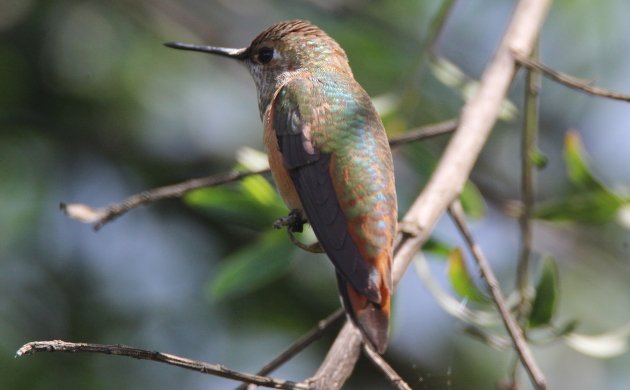
Between our many residents and migratory species, birding in central Mexico is a joy. But it can also be a challenge. Some things that can be simple for our northern neighbors, can be made more complicated by our abundance. For example, I have commented before on how common names in English may make sense up north, but do not down south. One symptom of this problem is that the use of the words Eastern and Western may not apply here. For example, Bluebird ID in the United States and Canada is a simple proposition: if you are in the West, they are Western, while in the East, they are Eastern. But throughout central Mexico, Bluebirds may be either Eastern or Western, year-round. In some parts of Mexico, the same applies for Meadowlarks, although in the end I decided that those in my specific area all seem to be Eastern.
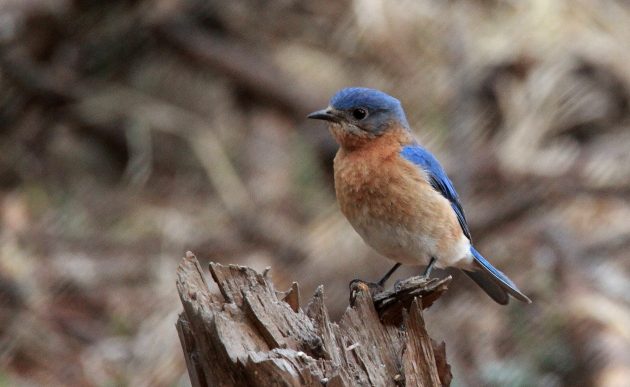 Our more common Eastern Bluebird…
Our more common Eastern Bluebird…
 …but occasionally, they may be Western. This photos, however, is from southern California.
…but occasionally, they may be Western. This photos, however, is from southern California.
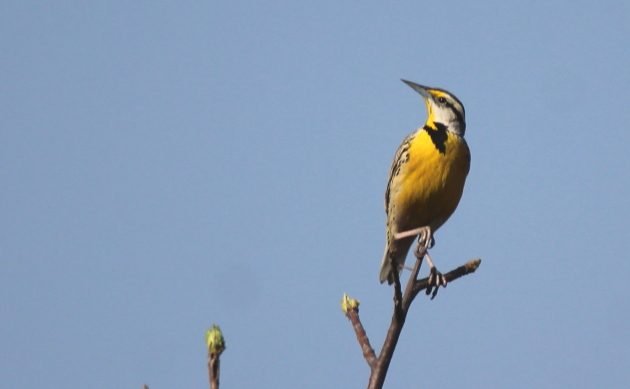 I only knew this Meadowlark was an Eastern by it’s call.
I only knew this Meadowlark was an Eastern by it’s call.
At least in my immediate area, wherever you find migratory Western Sandpipers, you will also find Least Sandpipers. I find the concept of a “leg man” offensive, but when it comes to these two species, their legs are the only practical way to distinguish them (dark for the Western, yellow for the Least). Fortunately, there does not seem to be any Sandpiper Ethics Committee, because legs will be ogled.
 How do I know these are Western Sandpipers? Mostly by their dark leg color.
How do I know these are Western Sandpipers? Mostly by their dark leg color.
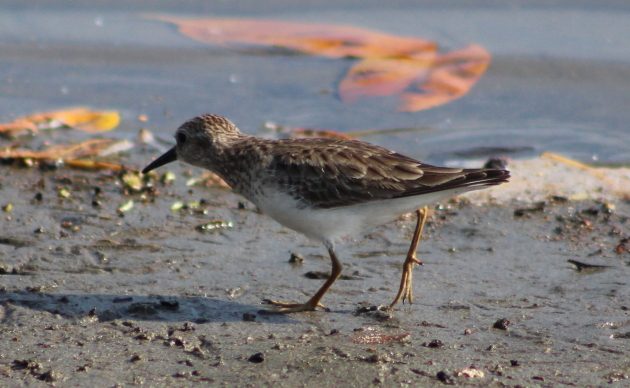 While this generous Least Sandpiper left no doubt as to the yellow color of its legs.
While this generous Least Sandpiper left no doubt as to the yellow color of its legs.
 Baird’s Sandpipers, like the one at right, helpfully still have summer coloring when they fly through my area (in great numbers) in August and September.
Baird’s Sandpipers, like the one at right, helpfully still have summer coloring when they fly through my area (in great numbers) in August and September.
I am, however, convinced that somewhere there is a Shorebirds’ Board for the Confusion of Mexican Birders (SBCMB). How else can you explain that our winter shorebird sites receive both Lesser and Greater Yellowlegs, as well as Solitary and Pectoral Sandpipers and Long-billed Dowitchers? And that these species conspire to molt whatever summer colors may distinguish them, dressing in essentially identical shades of gray and white? As our current Mexican president has been known to say, ¡Es un complot! (It’s a plot!)

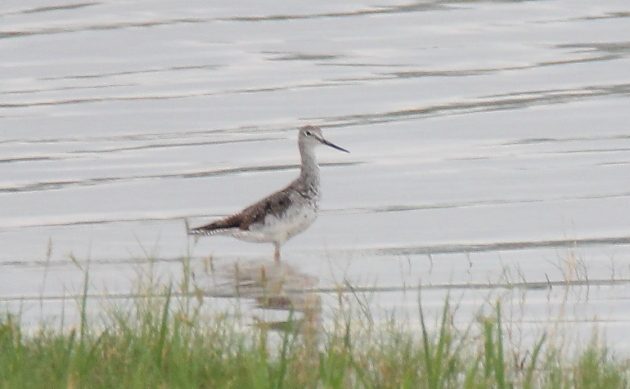 Only bill length help me distinguish our off-season Lesser and Greater Yellowlegs.
Only bill length help me distinguish our off-season Lesser and Greater Yellowlegs.
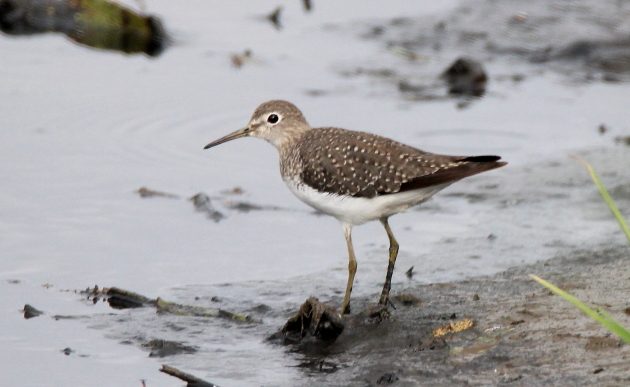 And the rarer Solitary Sandpiper isn’t much easier.
And the rarer Solitary Sandpiper isn’t much easier.
But our most insidious plot no doubt come from the Archilochus hummingbirds. Up north, Black-chinned and Ruby-throated Hummingbirds are model citizens; their almost-identical females do their civic duty by breeding on different sides of North America. But in the winter, both species head for Mexico. And, in one of the cruelest twists of avian fate, the well-differentiated males of both species head for the coast, but those identical females both spend the winter inland, where I live. Is there no justice?
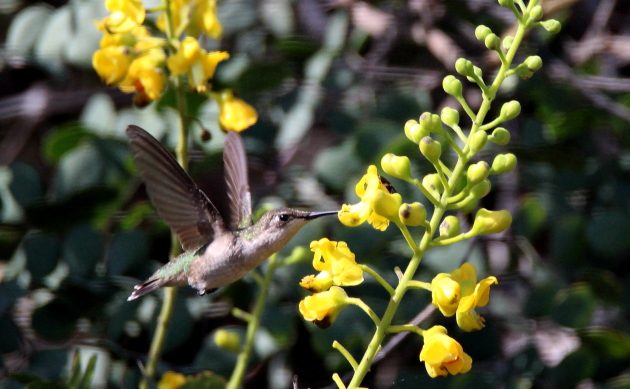 I like to believe that this Hummingbird was a Black-chinned…
I like to believe that this Hummingbird was a Black-chinned…
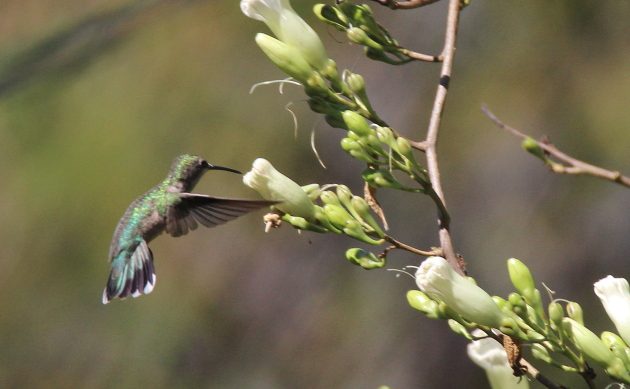 …and this one a Ruby-throated. But am I sure? Almost never.
…and this one a Ruby-throated. But am I sure? Almost never.
No, my friends, there is no justice. Even the hard-to-separate Allen’s and Rufous Hummingbirds leave their mostly separate summer ranges to spend the winters all mixed-up in central Mexico. It’s a cruel world, my friend.





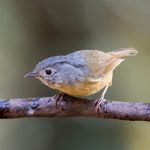





Leave a Comment